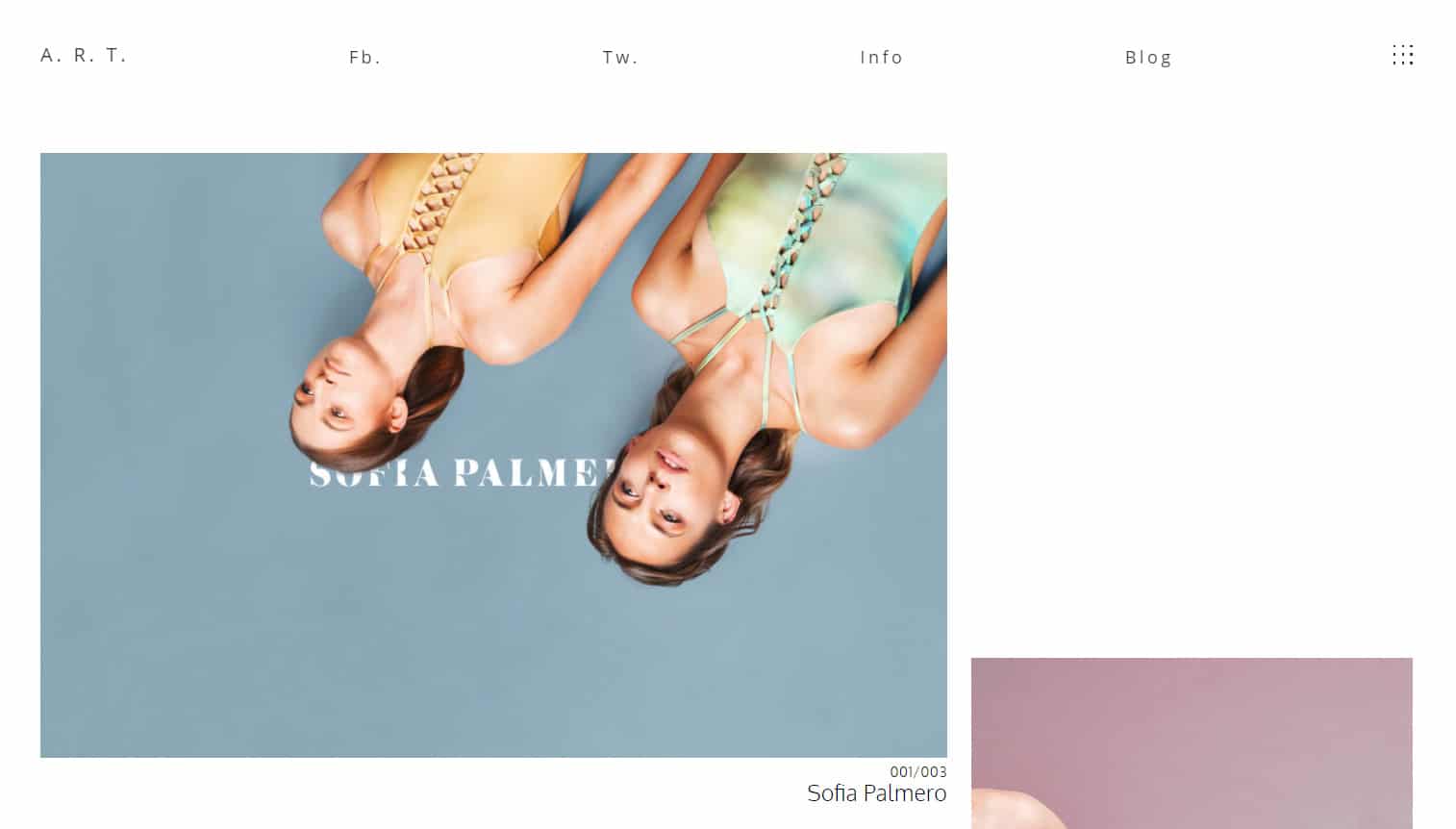The New Designer: Customer Insights and Co-creation (Part 6 of 8)

Customers. Audiences. Users. People. However you describe them, they are the reason that businesses and organizations exist, and ultimately they determine whether an organization succeeds or fails in the marketplace. As more and more organizations look to design for strategic advantage, a greater emphasis is being put on understanding how design motivates audiences. When combined with business analysis, audience research fills in the who, what and why of the design puzzle. Once solely the purview of marketers, designers are now empowered to conduct their own research, allowing them to make discoveries and gain insights first hand.
Todd Wilkens, design researcher at Adaptive Path and author of Subject to Change: Creating Great Products and Services for an Uncertain World, reminds designers that when conducting audience research that they need to think of audiences as complex people with deep emotions and motivations, not just as neat models whose only purpose in life is to “gulp products and crap cash.”1 Darrell Rhea, former CEO of the design research firm Cheskin and founder of Darrell Rhea Consulting echoes this point, telling us that designers can create meaningful design experiences for people by understanding how the design exists in the context of their lives. More often than not, understanding context starts with active collaboration between designer, client and the audience. Far from being “studied” like lab animals, the people formerly known as “users” are now active participants in the design process. As participatory design research pioneer Liz Saunders of MakeTools notes, we are moving from a “market driven era to a people driven era,” where co-creation brings designers and audiences together to solve design problems.
Some typical collaborative audience research approaches include the following.
Workshops: Design sponsored workshops help clients and audiences express their needs by walking them through verbal, visual and drawing exercises that facilitate problem-solving discussions.
- Verbal techniques include a range of methods, from simply asking for a list of descriptive words, to sentence completion exercises, bubble drawings and storytelling. People are most comfortable working with language, and these methods are often a good starting point for discussions and brainstorming activities.
- Drawing is one of the most powerful tools designers can call on. This technique allows workshop participants the freedom to express their thoughts in a spontaneous way without having to rely on the confines of language. Many of our thoughts are held deep within our subconscious, and rarely surface though conventional means. Drawing frees people from having to provide rational answers to questions and provides them an opportunity to express themselves on a deeper level.
- Images offer another means for uncovering hidden ideas and relationships. Photo sorts, moodboards and collage techniques provide visual insight into how audiences perceive ideas. Many image related techniques have their origin in the psychological Thematic Appreciation Test, developed in the 1930’s to help psychologists find patters of meaning, with the goal of revealing underlying feelings and ideas.
Focus groups: Though much maligned over the years, focus groups are a powerful tool for gathering insights. They are not, however, a good way to vet or test new ideas. But they can provide context for them, as well as help in their generation. Dyad and Triad focus groups offer another level of insight, allowing designers to check larger focus group responses with smaller two or three people interviews. These smaller groups, sometimes made up of friends (you’re much more likely to tell the truth if your friend is sitting next to you), provide a “truth check” and help battle the group think that often goes on in larger focus groups.
Interviews: One-on-one interviews use closed and open-ended questioning and generally take on a conversational tone. A typical interview lasts about an hour, and it is based around scripted questions aimed at illuminating a specific problem or issue. The primary advantage of a one-on-one interview is that the participant cannot be influenced by others and is more likely to give an honest reflection about a topic.
With business and audience research collected and analyzed, the designer has “prepared their mind” for the creative phases of concept and design development. Once design explorations have been developed, designers are faced with another important question – which design option will best meet the needs of the client? In the next part of the series we’ll look at an often overlooked design phase – design testing.
1. The Clue Train Manifesto
 Dave Holston believes that design and strategy are inextricably linked. Working in online marketing, design management, and advertising Dave has helped Fortune 500 companies to start-ups build value through strategic use of design. Visit The-Strategic-Designer.com to learn about his approach to design.
Dave Holston believes that design and strategy are inextricably linked. Working in online marketing, design management, and advertising Dave has helped Fortune 500 companies to start-ups build value through strategic use of design. Visit The-Strategic-Designer.com to learn about his approach to design.






 Design Interview: Resistenza
Design Interview: Resistenza Minimalist Portfolio Themes for 2018
Minimalist Portfolio Themes for 2018 Free Font Friday: Objective
Free Font Friday: Objective